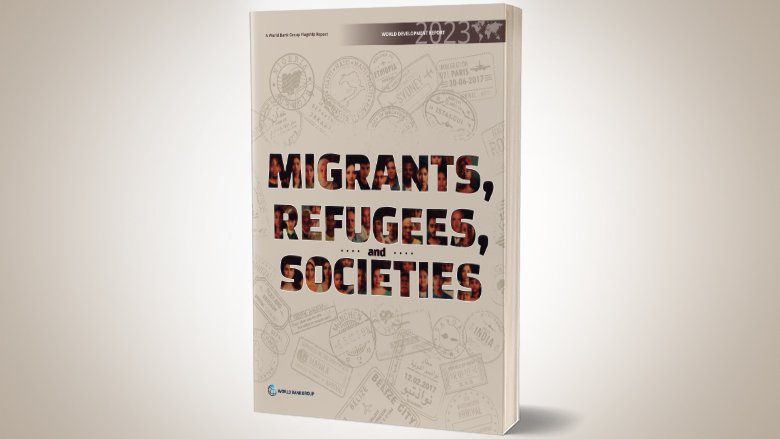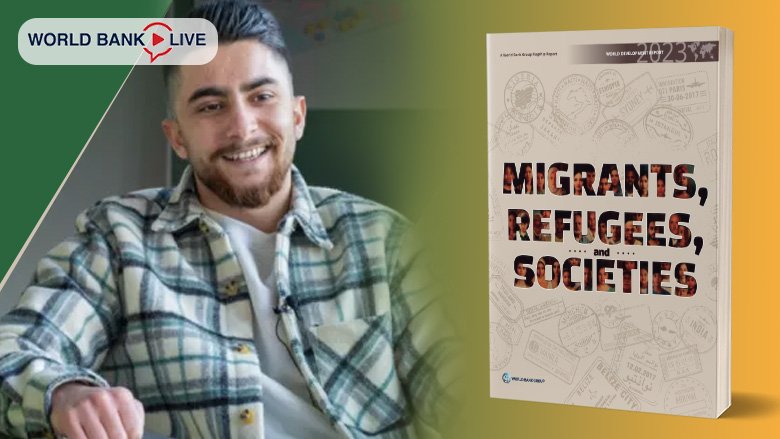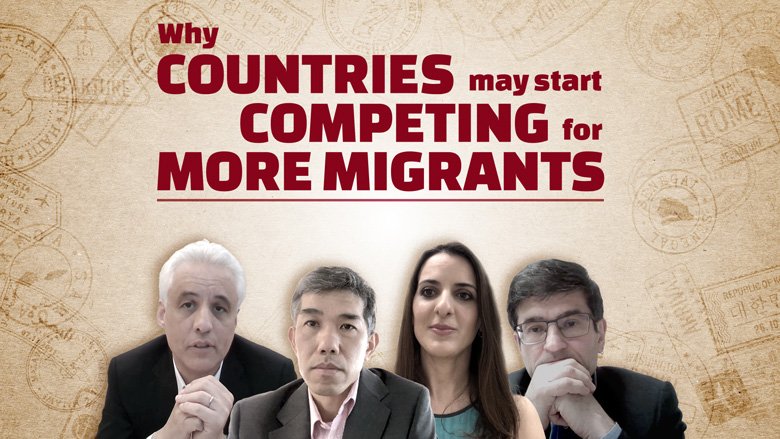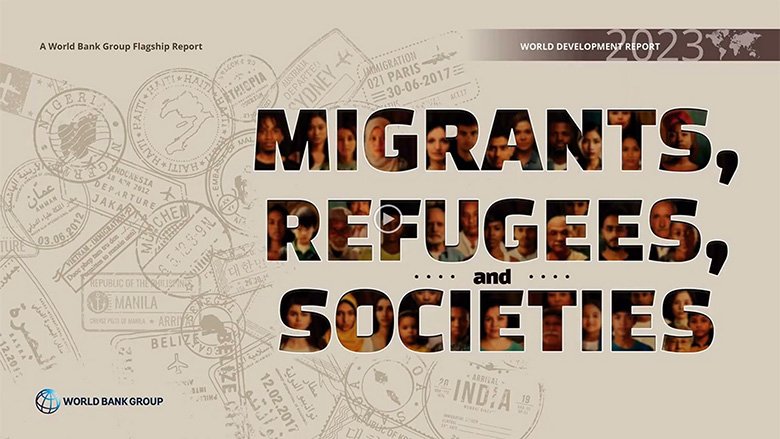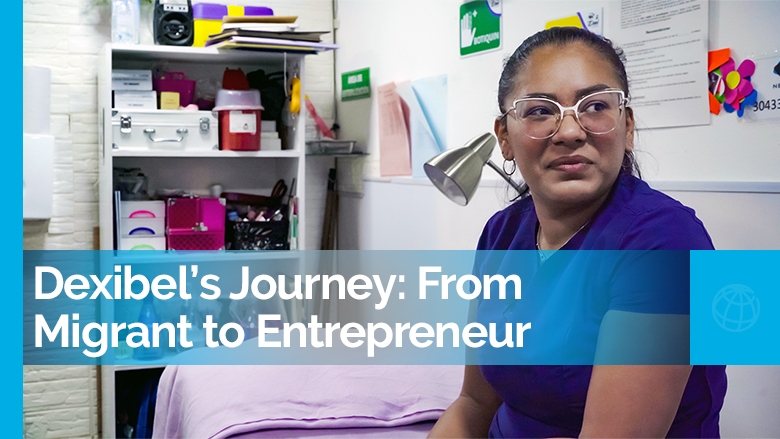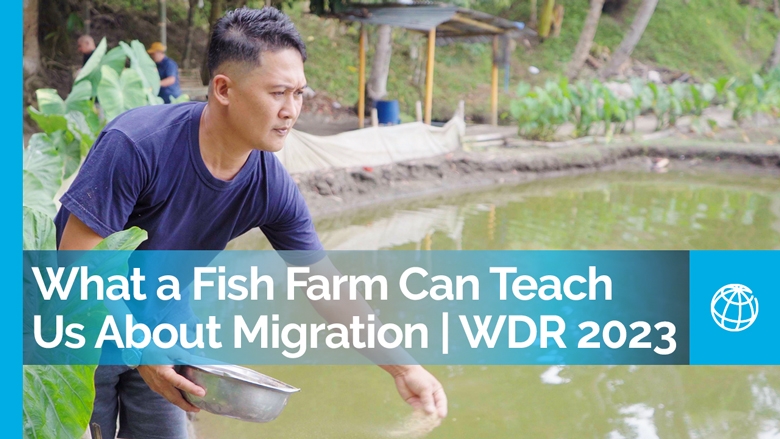MODULE DESCRIPTION
In recent years, there has been an intensifying focus on the increasing sums of total remittances around the world: the euros, pesos, dollars, won, and more being sent home by millions around the world. Remittances now account for around one-third of the total recorded capital inflows to low- and middle-income countries and have far surpassed foreign aid and, for some cases, foreign direct investment. In some countries, they amount to over one-fifth of GDP and have continued to rise through economic downturns and crises. But do we really understand what remittances actually are and how to accurately measure them?
In this module, we will work towards a common understanding of what constitutes a remittance and how that compares to the data that are being recorded, grappling with the methodological challenges of measuring them along the way. We will look critically at the established evidence of the impacts of remittances, both on families trying to raise their standards of living and on low-income countries trying to achieve growth. We will then look at how countries can (and have tried) to design policies to lower the costs of sending money and to best benefit from the remittances received — with the end goal of leveraging this massive and superficially understood flow of financing to achieve their development outcomes.
LEARNING OBJECTIVES
Upon completion of this module, participants should be able to:
- Understand the global remittances marketplace, trends in how remittances are sent, and how new technologies could impact migrants’ experience and behavior.
- Understand how remittance data are collected at both the macro and micro level, the data that are available, and be able to critically assess the accuracy of all different collection methods.
- Be able to identify the different channels through which remittances can impact low-income countries and their citizens.
- Design a policy that leverages remittances for development impact.
AGENDA AND OUTLINE OF LECTURES
The module consists of 7 two-hour lectures over 2 days.
A tentative agenda is provided below:
- Overview of what constitutes a remittance, how they work, and current patterns
- Measurement of remittances at a macro level (Balance of Payments)
- Measurement of remittances at a micro level (Household Data)
- Impacts of remittances on economies
- Impacts of remittances on households and individuals
- Designing policies to leverage remittances I
- Designing policies to leverage remittances II
Lecture 1: Overview of what constitutes a remittance, how they work, and current patterns
This first lecture will begin with the basics of understanding what counts as a remittance and what doesn’t, according to different definitions. It will address the functionality of how remittances are sent and received through all different mediums, who is involved in each process, and the costs that are associated. The lecture will summarize the reasons why global remittances are worthy of further analysis, such as geographic distribution, scale, and other qualities of this particular financial flow.
Mandatory reading:
- 2023 WDR “Migrants, Refugees, and Societies”, Chapter 5.
- Metzger, Martina, Tim Riedler, and Jennifer Pédussel Wu. 2019. “Migrant Remittances: Alternative Money Transfer Channels.” Working Paper 127/2019. Working Paper. https://www.econstor.eu/handle/10419/204586.
Additional reading:
- Most recent Migration and Development Brief
- Most recent Remittance Prices Worldwide Quarterly Issue
- Beck, Thorsten, Mathilde Janfils, and Kangni Roland Kpodar. 2022. “What Explains Remittance Fees? Panel Evidence.” IMF Working Paper WP/22/63 (April), International Monetary Fund, Washington, DC.
Lecture 2: Measurement of remittances at a macro level (Balance of Payments)
The second lecture will explore the measurement of remittances through macro level indicators, primarily in Balance of Payments data. We will go over the definition of remittances according to IMF guidelines and discuss how different countries choose to calculate and report remittances both incoming and outgoing. We will discuss what estimates of remittances look like through macroeconomic estimates and identify methodological challenges associated with Balance of Payments reporting at the national and international level. Module participants will have the opportunity to work directly with the data to analyze trends and inconsistencies.
Mandatory reading:
- Statistical Office of the European Communities, and International Monetary Fund, eds. 2009. International Transactions in Remittances: Guide for Compilers and Users. Washington, D.C: International Monetary Fund.
- 2023 WDR “Migrants, Refugees, and Societies”, Spotlight 5.
Additional reading:
- International Monetary Fund, ed. 2009. Balance of Payments and International Investment Position Manual. 6th ed. (BPM6). Washington, DC: International Monetary Fund.
Lecture 3: Measurement of remittances at a micro level (Household Data)
This lecture will focus on a different way to estimate remittances, through a microeconomic lens, primarily in household survey data. We will examine how different types of surveys address the issue of asking questions about remittances and discuss how the data can be interpreted. We will look at where in the world microeconomic data on remittances are being captured and how it can be used. Module participants will have the opportunity to work directly with household remittance data to practice interpreting and utilizing for further analysis.
Mandatory reading:
- De Arcangelis, Giuseppe, Alexander Fertig, Yuna Liang, Peter Srouji, and Dean Yang. 2023. “Measuring Remittances.” Journal of Development Economics 161 (March): 103004.
- Brown, Richard P.C., Jørgen Carling, Sonja Fransen, and Melissa Siegel. 2014. “Measuring Remittances through Surveys: Methodological and Conceptual Issues for Survey Designers and Data Analysts.” Demographic Research 31: 1243–74.
Additional reading:
- Gibson, John, and David McKenzie. 2017. “How Reliable Are Survey Estimates of Remittances? Evidence from a Cross-Reporting Survey Exercise.” Migration Studies 5 (1): 97–115. https://doi.org/10.1093/migration/mnw029.
Lecture 4: Impacts of remittances on economies
This part of the module will begin to focus on the impact that remittance have, first at the macroeconomic level on the economies in low-income countries. We will begin with the theoretical expectations of how a financial flow from abroad at the scale of remittances could impact growth and development for low-income countries. We will then assess the evidence of whether such impact has been observed and consider confounding factors that may complicate the potential impact of remittances.
Mandatory reading:
- Clemens, Michael Andrew and McKenzie, David John, Why Don't Remittances Appear to Affect Growth? (May 1, 2014). World Bank Policy Research Working Paper No. 6856, Available at SSRN.
- Acosta, Pablo, Cesar Calderón, Pablo Fajnzylber, and Humberto Lopez. 2008. “What Is the Impact of International Remittances on Poverty and Inequality in Latin America?” World Development 36 (1): 89–114.
- Möllers, Judith, and Wiebke Meyer. 2014. “The Effects of Migration on Poverty and Inequality in Rural Kosovo.” IZA Journal of Labor & Development 3 (1): 16.
Additional reading:
- Hosny, Amr. 2020. “Remittance Concentration and Volatility: Evidence from 72 Developing Countries.” International Economic Journal 34 (4): 553–70.
- Khanna, Gaurav, Emir Murathanoglu, Caroline B. Theoharides, and Dean Yang. 2022. “Abundance from Abroad: Migrant Income and Long-Run Economic Development.” Working Paper. Working Paper Series. National Bureau of Economic Research.
Lecture 5: Impacts of remittances on households and individuals
In this lecture we will continue to examine the impacts of remittances in low-income settings, this time focusing on microeconomic impacts. We will explore the different dimensions across which remittances can contribute to poverty reduction including effects on available income, protection from shocks, easing financial constraints, and local spillover effects. We will examine the evidence from around the world and look at how data are used to assess the impact of remittances at the household level. We will conclude by discussing any confounding factors that may change the effect of remittances in specific contexts or for specific households.
Mandatory reading:
- Yang, Dean. 2011. “Migrant Remittances.” Journal of Economic Perspectives 25 (3): 129–52.
- Adams, Richard, and John Page. 2005. “Do International Migration and Remittances Reduce Poverty in Developing Countries?” World Development 33 (10): 1645–69.
Additional reading:
- Clemens, Michael A., and Erwin R. Tiongson. 2017. “Split Decisions: Household Finance When a Policy Discontinuity Allocates Overseas Work.” The Review of Economics and Statistics 99 (3): 531–43.
- Rapoport, Hillel, and Frédéric Docquier. 2006. “The Economics of Migrants’ Remittances.” Handbook on the Economics of Giving, Reciprocity and Altruism. Elsevier.
- Amuedo-Dorantes, Catalina, and Susan Pozo. 2006. “Migration, Remittances, and Male and Female Employment Patterns.” American Economic Review 96 (2): 222–26.
- Bouoiyour, Jamal, and Amal Miftah. 2016. “The Impact of Remittances on Children’s Human Capital Accumulation: Evidence from Morocco.” Journal of International Development 28 (2): 266–80.
- Alvear, Claudia Martínez, and Dean Yang. 2007. “Remittances and Poverty in Migrants’ Home Areas: Evidence from the Philippines.” Working Papers, Working Papers, August.
Lecture 6: Designing policies to leverage remittances I
The final section of this module will focus on how governments can actively utilize policy to leverage the power of remittances for development benefits. We will hear from a guest speaker who specializes in public policy to discuss government motivations to act in this area. We will then focus on a variety of policies that aim to reduce the cost of remittances and improve the availability of remittance options. We will examine what determines the cost of remittances, look at cost differences between migration pathways, and study examples of countries taking active steps to reduce remittance cots for migrants.
Mandatory reading:
- 2023 WDR “Migrants, Refugees, and Societies”, Chapter 9. (Skim except for policy recommendations that relate to remittances)
- McKenzie, David, and Dean Yang. 2015. “Evidence on Policies to Increase the Development Impacts of International Migration.” The World Bank Research Observer 30 (August).
- https://remittanceprices.worldbank.org/
Additional reading:
- Chin, Aimee, and Nathaniel Wilcox. 2010. “Impact of Bank Accounts on Migrant Savings and Remittances: Evidence from a Field Experiment,” January.
Lecture 7: Designing policies to leverage remittances II
The second part of this final section will continue to focus on how governments can use policy to increase the power of remittances for development. We will turn from the discussion on reducing costs to focus on policies that affect the way remittances are utilized. We will look at examples of policies that have attempted to channel remittances toward productive uses like human capital formation or have tried to incentivize formalizing remittances to increase savings. We will discuss the goals of policies that are designed to mobilize private resources and participants will have the opportunity to design their own policies.
Mandatory reading:
- World Bank. 2023. “G20 Policy Recommendations for Advancing Financial Inclusion and Productivity Gains through Digital Public Infrastructure: Global Partnership for Financial Inclusion 2023,” October.
- https://www.gpfi.org/
Additional reading:
- De Arcangelis, Giuseppe, Majlinda Joxhe, David J. McKenzie, Erwin R. Tiongson, and Dean Yang. 2015. “Directing Remittances to Education with Soft and Hard Commitments: Evidence from a Lab-in-The-Field Experiment and New Product Take-Up Among Filipino Migrants in Rome.” SSRN Scholarly Paper. Rochester, NY.
- Ambler, Kate, Diego Aycinena, and Dean Yang. 2015. “Channeling Remittances to Education: A Field Experiment among Migrants from El Salvador.” American Economic Journal: Applied Economics 7 (2): 207–32.


